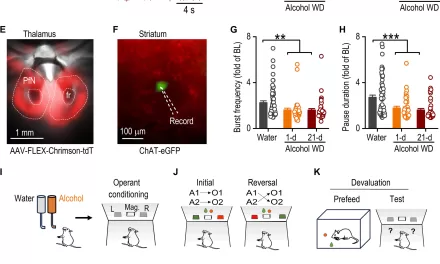Tokyo, Japan – As air pollution continues to pose a major global health threat, a new study has shed light on its alarming consequences for elderly populations. Conducted by researchers at the University of Tokyo, the study examines how fine particulate pollution, known as PM2.5, worsens health outcomes and creates significant socioeconomic challenges, particularly in regions with aging populations and limited medical resources.
PM2.5 refers to microscopic air pollutants small enough to penetrate deep into the lungs and bloodstream, leading to severe respiratory and cardiovascular diseases. These particles evade the body’s natural defense mechanisms, making direct prevention difficult—especially among older adults.
“As we age, our immune systems weaken and our bodies are less able to defend against pollutants. Even moderate exposure can exacerbate pre-existing conditions, leading to higher hospitalization rates and premature mortality,” said lead author Associate Professor Yin Long.
The research primarily focuses on Japan, where nearly 30 percent of the population is aged 65 or older. The findings suggest that elderly individuals in rural regions face a disproportionate burden from PM2.5 pollution due to inadequate medical infrastructure. Unlike urban centers that are well-equipped with specialized hospitals and trained professionals, rural areas often lack the necessary resources to effectively treat PM2.5-related conditions such as strokes and heart attacks.
In addition to health repercussions, the study highlights the economic toll of PM2.5 pollution. The researchers found that in some cases, pollution-induced illnesses force elderly individuals to leave the workforce earlier than planned, diminishing their financial independence and increasing the economic strain on younger generations. The study’s economic analysis estimates that PM2.5-related deaths and illnesses contribute to rising socioeconomic costs that exceed 2 percent of the gross domestic product in certain regions.
The study further warns that Japan is not alone in facing these challenges. Countries with aging populations and high pollution levels, such as China and parts of Europe, may experience similar socioeconomic and health impacts. To mitigate these effects, Long urges policymakers to identify the most vulnerable populations and allocate resources more effectively.
The researchers suggest implementing stricter pollution controls, investing in healthcare infrastructure, and enhancing international cooperation to combat transboundary pollution. Additionally, expanding green infrastructure in urban areas and improving access to telemedicine could play a crucial role in alleviating the burden on rural healthcare systems.
Disclaimer:
This article is based on research findings from the University of Tokyo. While the study provides valuable insights into the effects of PM2.5 pollution on elderly populations, further research and policy discussions are needed to address this complex issue. Readers are encouraged to consider multiple perspectives and consult official health and environmental agencies for more information.












